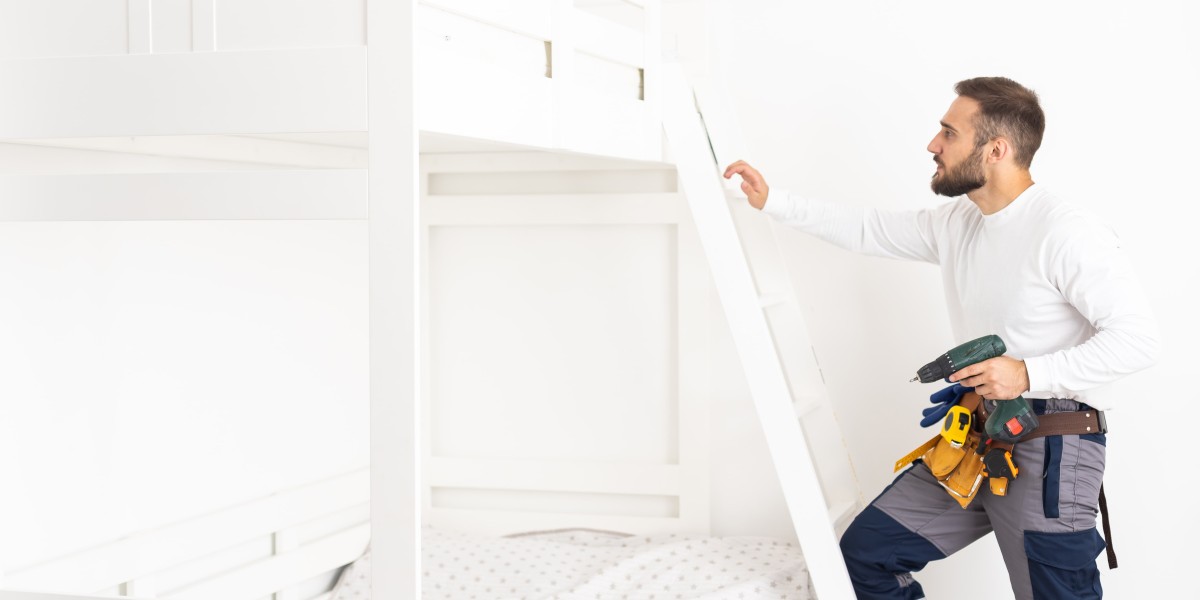House Window Repair: A Comprehensive Guide for Homeowners
Windows are an important part of any home, not only supplying light and ventilation however also improving the aesthetics and energy efficiency of a residence. However, with time, windows might develop problems such as fractures, leakages, or faulty systems that can reduce their performance and security. This short article works as an in-depth guide on house window repair, covering the types of windows, typical issues, repair methods, and preventative procedures to keep your windows in excellent condition.
Understanding Different Types of Windows
Homeowners require to be acquainted with different kinds of windows to understand their repair requires much better. Below are some common window styles:
| Type of Window | Description |
|---|---|
| Single-Hung | Has a set top sash and a movable bottom sash. |
| Double-Hung | Features 2 movable sashes, enabling better airflow. |
| Casement | Depended upon one side and opens outside, supplying optimum ventilation. |
| Sliding | Opens by sliding horizontally, often used for bigger openings. |
| Bay or Bow | Projects external from the house and generally includes numerous panels. |
Typical Issues with House Windows
Despite the variety of window styles readily available, homeowners might experience a number of common concerns gradually, consisting of:
- Drafts: Air leakages around the window frame can lead to energy inefficiency.
- Condensation: Excess moisture can develop up in between panes, resulting in fogged windows.
- Cracks: Physical damage can happen due to weather conditions, impacts, or age.
- Broken Locks or Handles: Malfunctioning hardware can compromise security.
- Decayed Frames: Wooden window frames might rot due to wetness, necessitating replacement.
Window Repair Techniques
Depending on the kind of problem, different repair methods can attend to window problems successfully.
1. Repairing Drafts
Breezy windows can significantly increase energy expenses. Here are some reliable solutions:
- Weatherstripping: Apply adhesive weatherstripping to develop a seal around window frames.
- Caulking: Use caulk to fill spaces and fractures around the window edges.
- Window Film: Apply insulation window film throughout cooler months to decrease heat loss.
2. Addressing Condensation
Condensation can hurt the insulation in between double- or triple-paned windows. This requires careful intervention:
- Ventilation: Improve airflow in the space to reduce humidity levels.
- Professional Repair: In case of extreme condensation, a professional glazier can replace the afflicted pane.
3. Fixing Cracks
Fractures in window glass can be repaired or changed depending upon their intensity:
- DIY Repair Kits: Purchase a glass repair kit, which often contains resin that can fill small fractures.
- Professional Replacement: For bigger fractures, a complete glass replacement may be needed.
4. Replacing Hardware
Malfunctioning locks or deals with can compromise window security. Steps include:
- Screws and Bolts: Tighten or replace screws and bolts on the locking mechanism.
- Full Hardware Replacement: If the lock or manage is damaged beyond repair, purchase a suitable replacement for your window type.
5. Repairing Rotted Frames
Rotted wooden frames can be challenging however workable with DIY skills:

- Assessing Damage: Determine the degree of rotting. Minor rot can typically be fixed with wood fillers.
- Professional Replacement: Extensive rotting might necessitate replacing the frame entirely.
Preventative Maintenance for Windows
To maintain window stability and lengthen their life expectancy, think about the following preventative procedures:
- Regular Cleaning: Clean windows to prevent dirt build-up which can trigger damage in time.
- Inspect Frames: Perform regular evaluations of frames and sashes for indications of wear.
- Reapply Caulk and Weatherstripping: Ensure seals stay undamaged to prevent drafts and moisture infiltration.
- Display for Condensation: Keep an eye out for wetness accumulation, particularly in energy-efficient windows.
House window repair is not just a need; it is a necessary aspect of keeping a protected, energy-efficient, and visually pleasing home. While some repair work can be dealt with by homeowners themselves, other problems may require the knowledge of a professional. Routine maintenance can alleviate a lot of the common problems faced by windows, guaranteeing they last longer and perform efficiently.
Regularly Asked Questions (FAQs)
Q: How do I know if I require to repair or change my windows?A: If the damage is small, repair work can frequently extend the life of your windows. Nevertheless, if the frame is substantially decomposing or seals are broken, replacement may be more cost-effective. Q: Can I repair window screens myself?A: Yes, replacing the screen material in your window frame is generally manageable and involves removing the old screen and stapling or pushing in a new screen material. Q: What tools do I require for basic window repair?A: Common tools include a caulking gun, weatherstripping, a screwdriver, a putty knife, and, for glass repairs, a glass repair set. Q: How typically should I perform window maintenance?A: Inspect your windows at least two times a year-- spring and fall are perfect times-- to inspect for damage or wear. Summary of Key Points Comprehend the different kinds of windows to acknowledge repair requirements. Common window issues consist of drafts, condensation, fractures, and rotted frames.Follow suitable repair strategies for specific issues. Preventative maintenance is vital for extending









